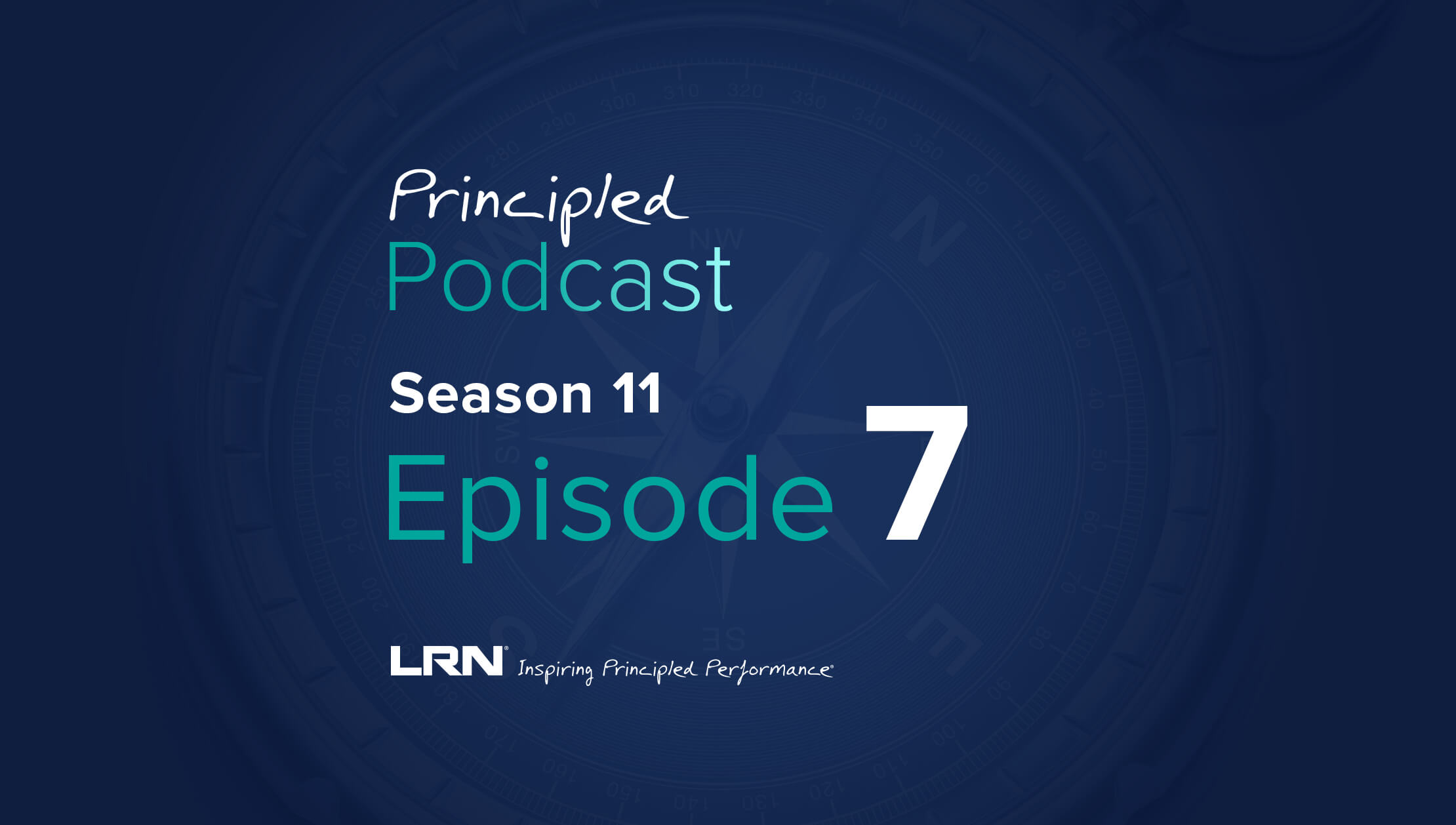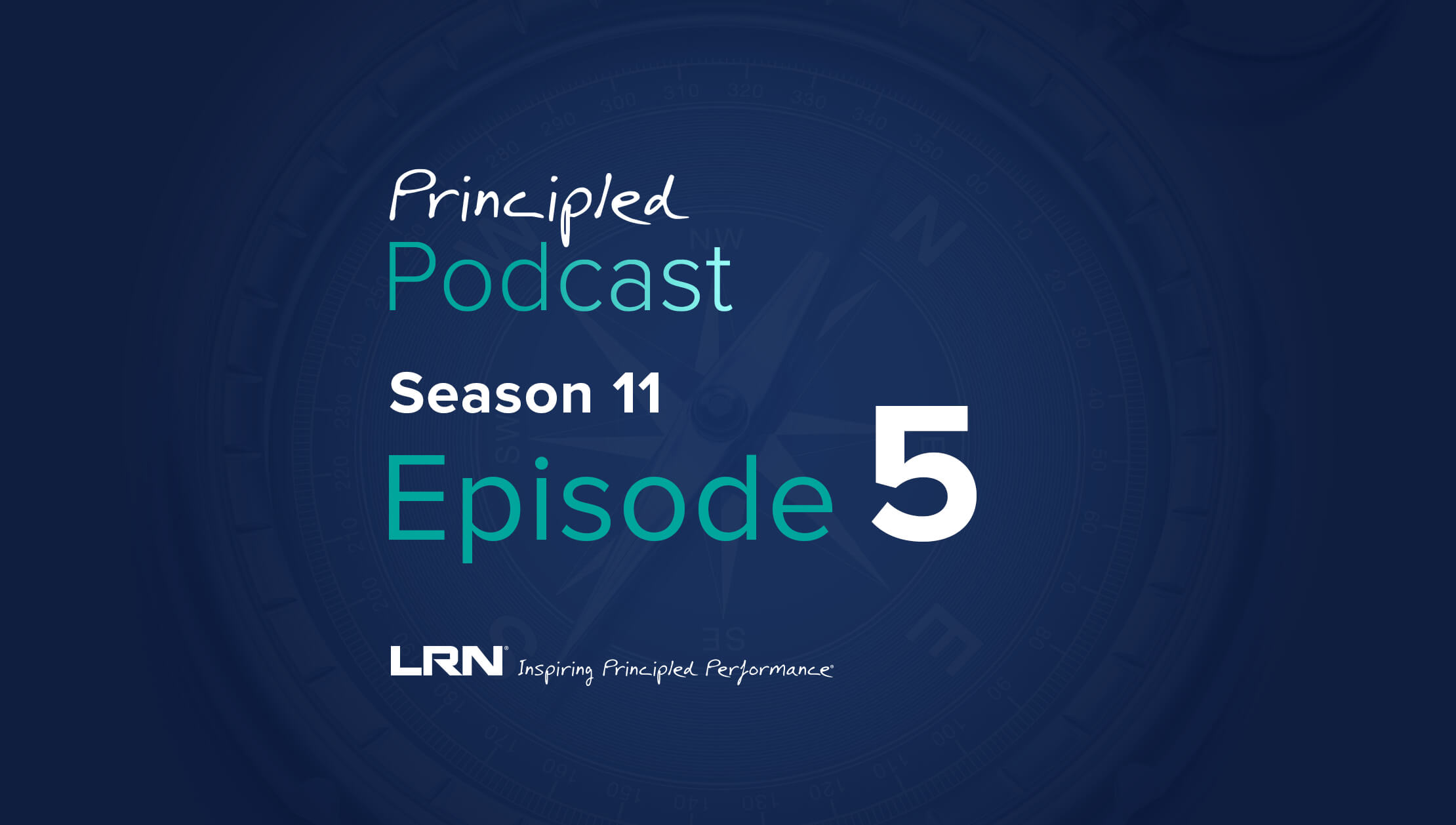“Engagement” is a buzzword often used in the compliance training sphere, but what does it really mean? You might hear it in the context of gamification—adding sophisticated graphics and animations to courses—or length of training, whereby you aim to keep courses as short as possible. While these are all important considerations for compliance learning design, these features are extrinsic sources of engagement that don't necessarily take the individual learner into consideration. Intrinsic engagement is important for individual learning retention and training effectiveness. There are a variety of learning strategies for developing training that is more intrinsically engaging. In this post, we’ll focus on taking an adaptive, role-based approach.
What does “adaptive, role-based learning” mean?
It's important to clarify the definition of “adaptive learning” because it’s often misconstrued to mean “responsive,” i.e., a course that can be completed on a smartphone, tablet, or desktop. But when we talk about “adaptive learning,” we mean learning that adapts to who your learners are as individuals—their existing skills, knowledge, roles, industry, etc.—rather than the devices they’re using. Training should also incorporate relatable, role-based scenarios that draw upon familiar situations—not only to make a course more engaging, but also to help each learner remember information in the long term.
The 3 Rs of adaptive, role-based learning
So how do you design compliance training course to be adaptive and role-based? One way is to follow the three R’s of adaptive, role-based learning: relevance, realism, and respect. The three R’s can provide you with a fuller picture of your learners and their needs, ultimately helping you lower the frustrating that is often engendered by repetitive and poorly adapted compliance training.
- Relevance: Tailoring your compliance courses to an employee’s position within a company will give learners a better sense that the material they’re absorbing is relevant to their work. Without relevance to their roles, your learners will be much less likely to retain important information. For instance, you wouldn’t want to provide c-suite executives with an off-the-shelf course aimed at line managers. Relevancy also applies to where an employee is working. A data privacy course that discusses U.S. federal legislation without exploring state laws specific to a user is not going to be entirely useful.
- Realism: Compliance course content should take place in an environment that your learners recognize, with situations that resonate for them. Creating real-life scenarios to support your learning objectives shows that you are being honest about the particular risks involved in your industry.
- Respect: The final key factor in adaptive, role-based learning is to respect and acknowledge your learners’ prior knowledge and experience. Making your audience carry out training on something that they already know inside-out can be a pain. If possible, design the learning experience to allow them to skip the parts they can show mastery of. Or, ensure you've got freshness in the content each year to avoid the drudgery of repetition in compliance training that is required annually. (LRN refreshes its courses annually at a minimum.)
How to apply the 3 Rs to your corporate compliance training
So, what do these three R’s of adaptive compliance learning look like when put into practice? Here are some typical examples of how to apply them:
- Profilers: A profiler is a set of drop-down boxes at the start of an e-learning course that allows the learner to select their own characteristics. These can include location, level of seniority, or business unit. Using these details, a course can then select the topics and scenarios that are relevant to that user. This can create a more personalized learning solution to keep learners engaged and reduce time spent on courses overall.
- Test down/Test out: Test-down and test-out facilities recognize a user’s prior learning and adapt course content accordingly. Test down works by having learners complete a pre-assessment related to their compliance subject area. From there, learners only complete training on the components in which they haven’t demonstrated proficiency. In test out, users must achieve a specific percentage in order to pass the pre-assessment. If they pass, they don’t have to complete the training. If they fail, they have to complete the entire course. Although learners may achieve the pass mark using the test out method, they may have answered some critical questions incorrectly.
- Text editors: Sometimes you may have a demonstrated need to customize compliance training to very specific environments and issues—which is usually beyond the scope of most off-the-shelf courses. In these cases, a text editor can be used to inform e-learning developers what changes need to be implemented so they can tailor the scenarios and make them more realistic for the user.
- Smart menus: Smart menus allow users to take topics in a variety of sequences and choose their own journey through a compliance course. They remember where the learner has been and unlock new areas as the user completes the topics. Rather than being forced to pursue a certain path, users are afforded the respect to follow their own preferences.
The key takeaway
While adaptive, role-based learning has the potential to create more personalized learning experiences, it’s important to remember that it is just one example of how to craft effective compliance training. To learn more about other effective learning strategies and how to generate engagement, check out these related resources:



